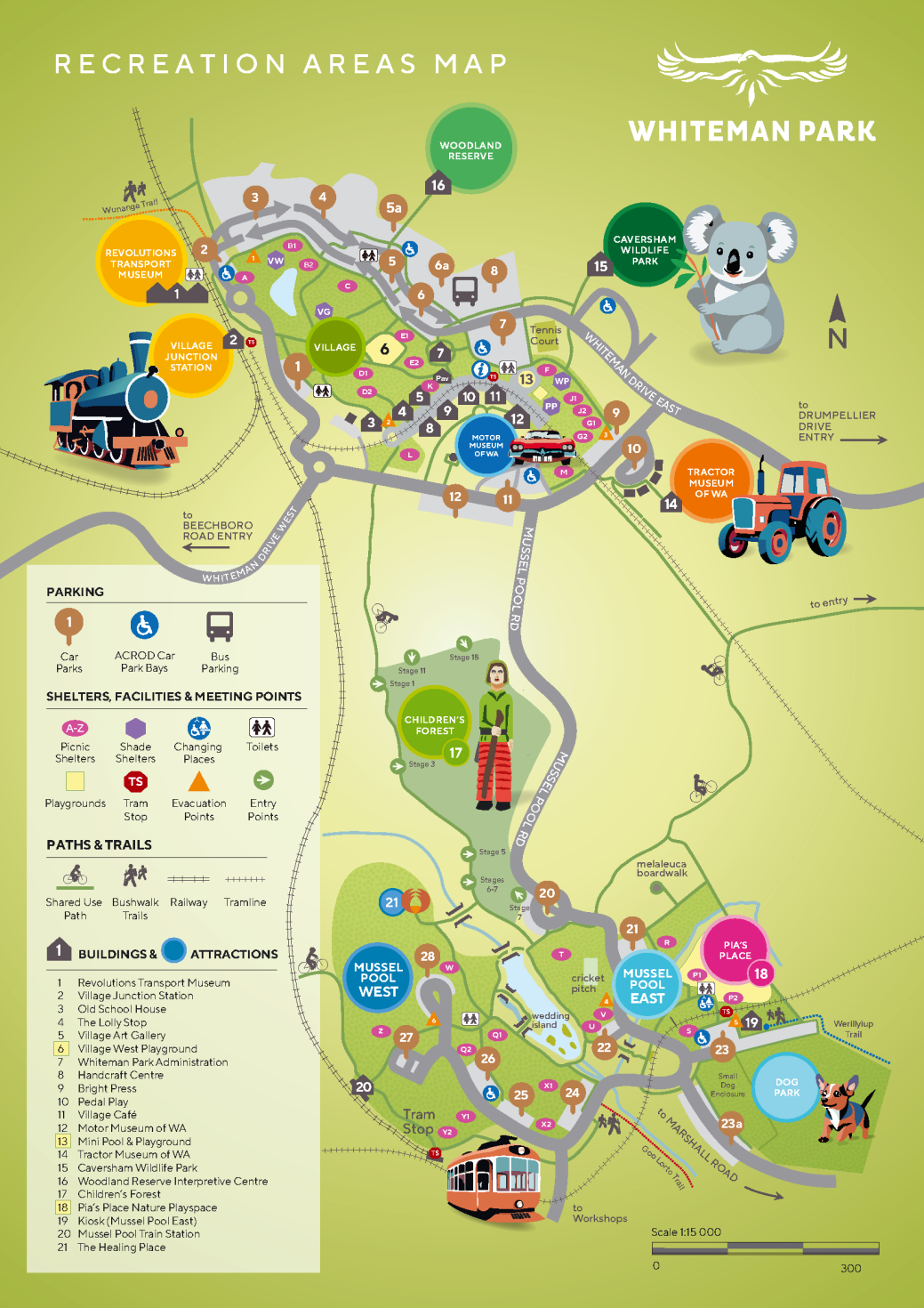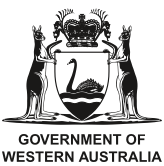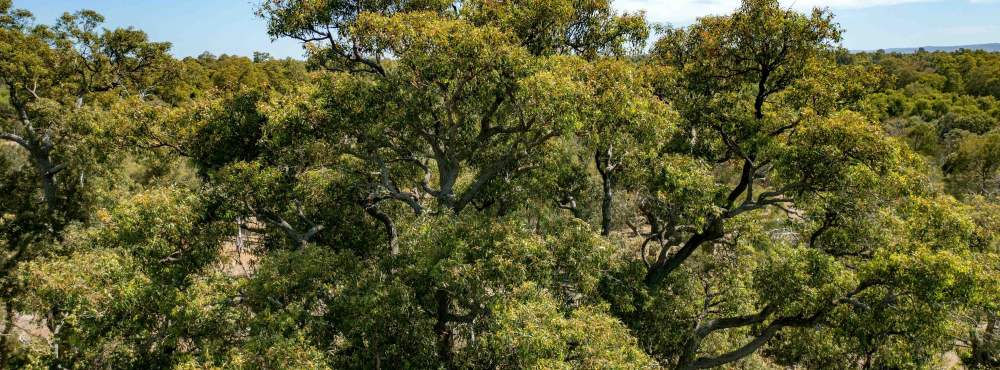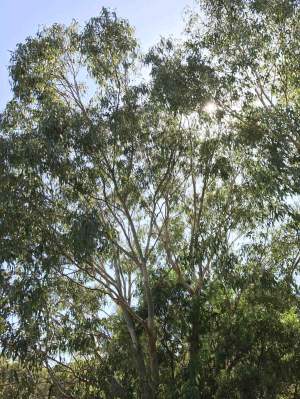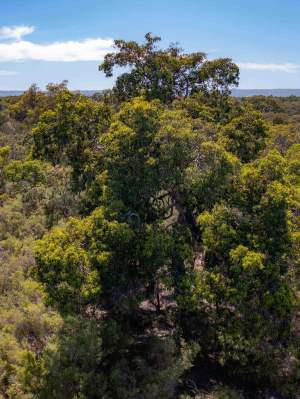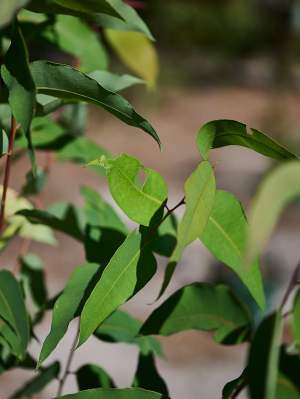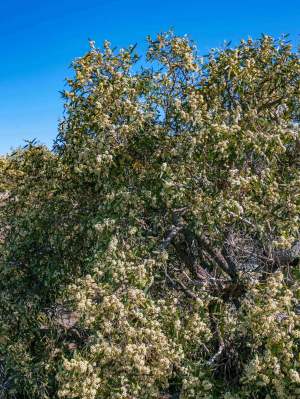
Despite Whiteman Park being dominated by banksia woodland and wetland species, there are also a number of eucalypts - also collectively known as 'gum trees' - found here.
In total, there are five naturally-occurring species from the Eucalyptus genus recorded within Whiteman Park's boundaries, along with three more species native to Western Australia, that have been planted here in recent times. These eucalypts share a few common features, including oil glands in their leaves and the fruit - often referred to as a 'gumnut' - is a woody capsule that is a favoured meal of many bird species.
Whiteman Park's native eucalypts, in order of prevalence, are:
- the common coastal blackbutt (Eucalyptus todtiana)
- flooded gums (Eucalyptus rudis) are evident in many of the Park's dampland areas
- the jarrahs (Eucalyptus marginata) are amongst the least common of our eucalypt species
- only remnant specimens of tuart (Eucalypt gomphocephala) can be found outside of planting sites
- redhearts (Eucalyptus decipiens)
